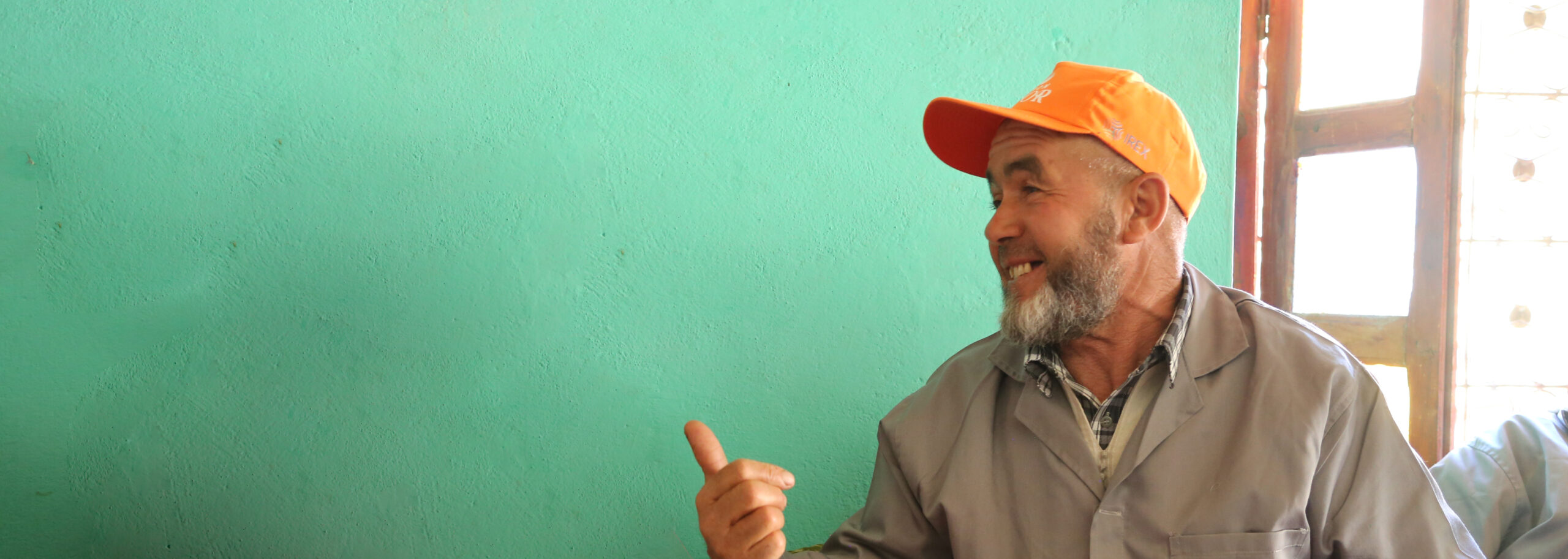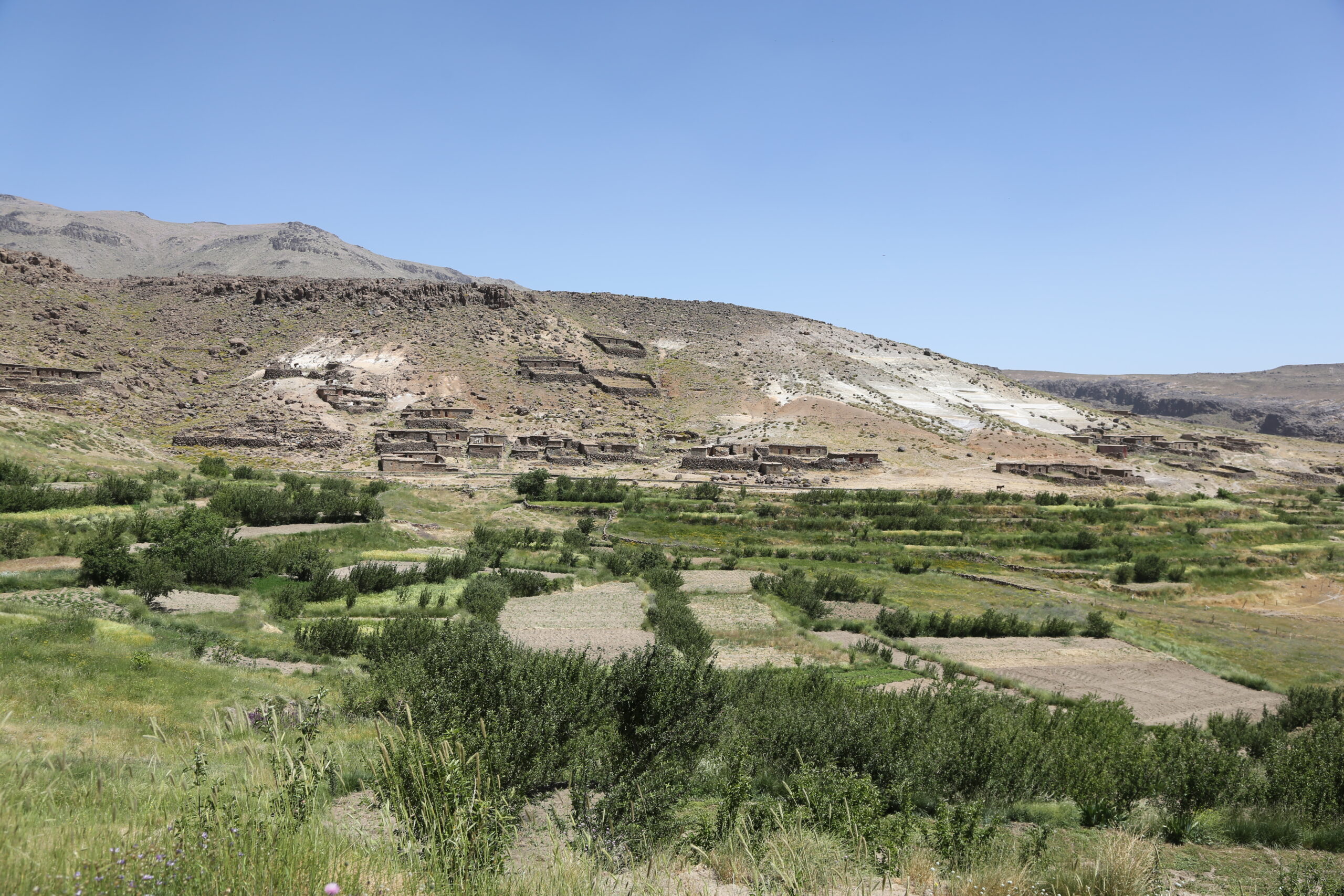Category: Uncategorized
Saffron is a natural spice that is known globally as red gold. Through our discussion with a group of farmers in the Douar of ARG, SIRWA mountains, there is a specific process to follow while growing Saffron. Despite that, we have learned as well that there are different growing techniques and important steps to be taken into consideration before starting a new Saffron bulb crop. First of all, Saffron is planted in light soil fields, with good drainage, and with no flooding problems. Second, It is always good to start with a fresh location without any prior cultivation for up to two years. Third, make sure there are no signs of illness, in order to prevent phytosanitary problems. Fourth, It is important to dry the Saffron bulbs naturally and avoid any chemical treatment. Finally, Saffron bulbs need to be cleaned naturally and disinfected using traditional methods instead of copper sulfide before planting.
Most importantly, the bulbs need to be stored in a dry space and well-ventilated environment. Saffron bulbs are still a product of nature and very much alive even though the bulbs seem dormant. Just like other dry flower bulbs, Crocus Sativus bulbs need to be able to breathe when above the ground. When stored in a warehouse, open up the doors to provide fresh air and plenty of continuous air movement. Saffron bulbs stored under the wrong conditions become sensitive to fungus which could impact your crop. The best storage temperature would be between 20-25 degrees celsius.
Saffron bulbs like cold winters combined with hot and dry summers. In the springtime when the reproduction of the Crocus Sativus occurs and flowering time in the fall are the times when the Saffron crop could use water. All other periods during the year Saffron bulbs require low quantities of water. In most cases, professional Saffron growers prepare the land about one month prior to the flowering season of Saffron. Usually, the month of September is used to remove all the weeds and the surface of the soil is being grabbed in order to break the crust. It is important to plan and prepare well for your Saffron harvest. The flowering period of Saffron flowers usually lasts for about 15 – 20 days. The majority of the Saffron flowers are harvested during the first 10 days of flowering.
Saffron is one of the most precious ingredients in the world and that is why it is called Red Gold. Harvesting saffron is observed to be very difficult and technically tiring. Women and Men spent hours lying or sitting in the cold weather each morning to harvest and collect 3 to 5 kg of flowers per day. The case can be less in the region of Sirwa due to limited lands for harvesting Saffron. The tradition of harvesting Saffron flowers tells us that in most cases, the harvesting is still being carried out by hand. The Saffron flower is cut carefully at the lower part of its corolla. In the meantime, the flowers are carefully placed in a traditional basket in order to reduce the pressure and damage to the Saffron flower.
Later on, the saffron collected in the fields is directly transported using “Donkeys for Motorcycles” to the village where the whole family gathers at a table and starts picking the red stamens from the original crocus flower. This technique takes hours and requires patience. Each flower produces only three stamens, which are picked carefully by hand and dried later on in a clean space. For a gram of powdered saffron, you need hundreds of fine threads. The good thing is that for a perfect flavor you only need very little. Traditionally speaking, families take this gathering to discuss topics, family concerns, and future plans.
Before taking the Saffron to the market, the collected product needs to be dried in a clean space where it can be put for 3 to 4 days. We have seen harvesting being done by innovative machines, however, during the process, the dirt is collected in combination with the flowers. Therefore, the dirt could harm the Saffron flower and its stigmas. Yet, Harvesting Saffron is more art for living to a large number of families in the region of Sirwa mountains.
As part of its plan to develop the economic situation of local farmers, Saffron Flavor organized a focus group session with farmers in the region of Taznakhte. The event took place on May 5th, 2022, and was organized in partnership with cooperative SIRWA Alkobra and IREX. Saffron Flavor distributed blouses and caps to the farmers, the event was also an opportunity to present the project and explain the process we intend to implement to make the product more profitable.
The farmers who attended the event expressed their need for such a project. they explained their struggle during the implementation of saffron, the packaging process, and the marketing, the main challenge according to these farmers is the presence of the middle man who takes most of the profit leaving the farmers with little to nothing marginal profit. Knowing that the middle man only handles the selling process of the product.






